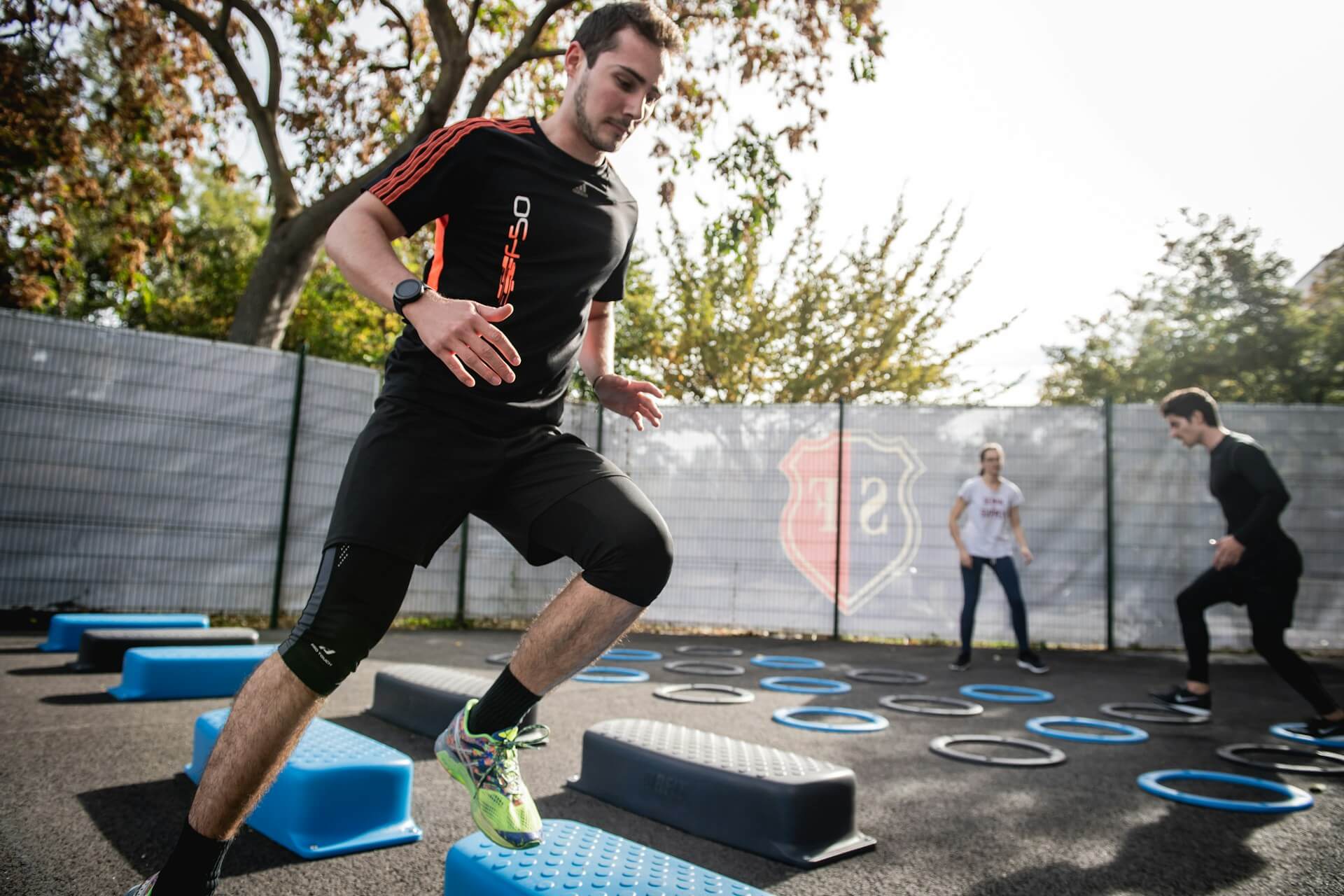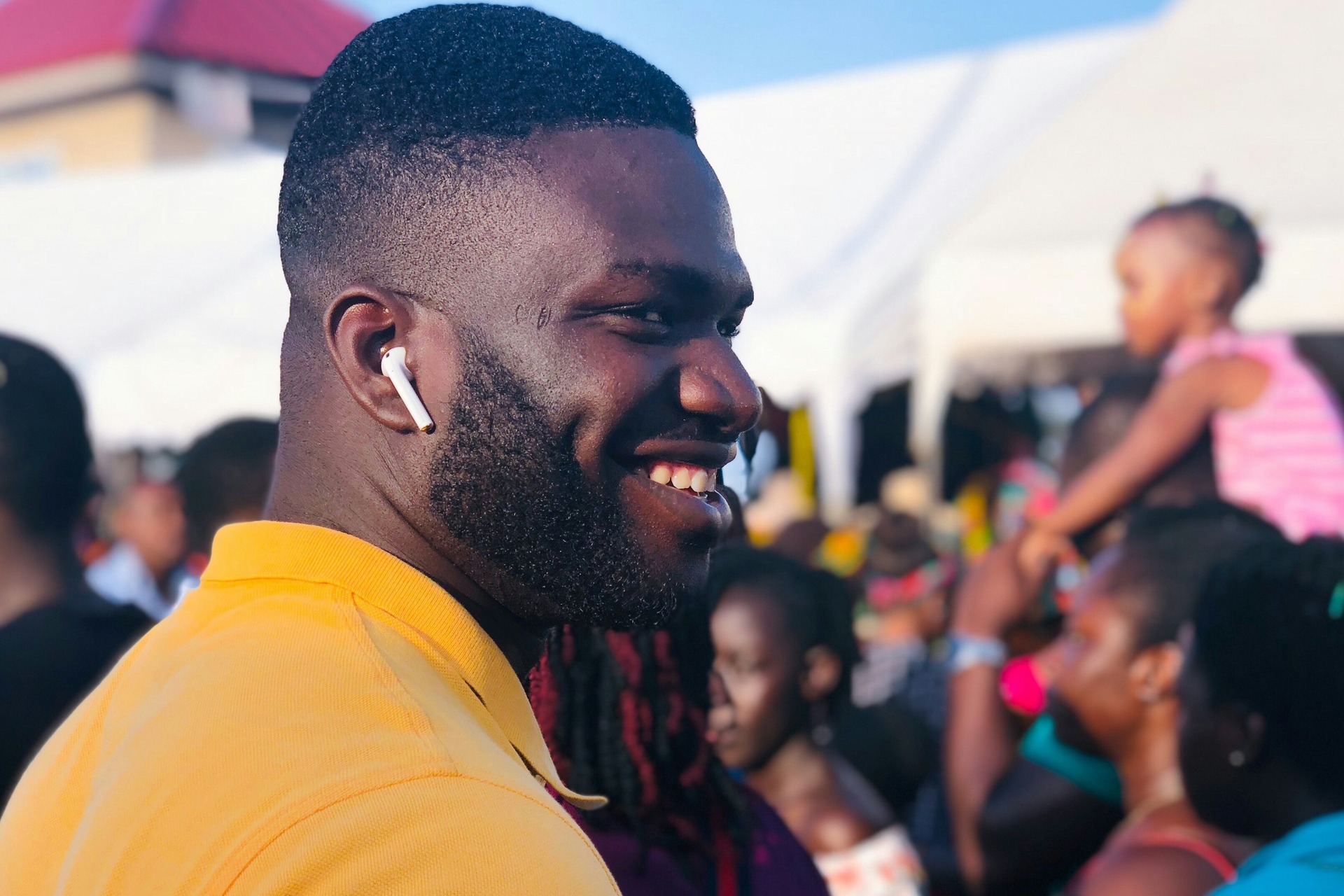What Does a Torn ACL Feel Like? (It Doesn’t Tickle)
Oct 24, 2023

As an Amazon Associate, Modded gets commissions for purchases made through links in this post.
You go for a jog and hear barking behind you. As you pivot to check out the noise, you feel a pop followed by intense pain. What caused your injury? There are multiple ligaments and tendons around your knee, and your mind might automatically gravitate to the worst. What does a torn ACL feel like?
Your knee is a complex joint with many overlapping muscles and connective tissues binding cartilage and bone. When you injure one of them, you affect others. Your ACL has much to do with the mobility of this joint, and damage to it can significantly impair your ability to move if left uncorrected. Here’s what you need to know about what a torn ACL feels like, your treatment options and what can happen if you ignore the problem.
What Does a Torn ACL Feel Like When Injury Occurs?
There are few guarantees in medicine, given the endless array of variations in human biology. However, one truth holds: If you tear your ACL, you will know it.
1. The Signs and Symptoms of an ACL Injury
What does a torn ACL feel like? Hint: It doesn’t tickle. This ligament runs inside your knee behind your patella and in front of your posterior and medial cruciate ligaments. The “crux” in these connective tissues’ names comes from how they form a cross shape.
Most people who tear their ACL hear and feel a distinct “pop” followed by sharp pain. Other signs and symptoms include the following:
- Rapid swelling occurring within the first few hours of injury.
- Loss of mobility and range of motion due to swelling and pain.
- Pain that concentrates on the outside or back of the knee.
- Instability in the joint.
2. Diagnosing a Torn ACL
You should seek immediate medical attention if you suspect a torn ACL. This injury can significantly impact your working ability, especially if your role requires frequent activity.
Your doctor will perform the Lachman test to confirm their suspicions. In this exam, you’ll lie flat on the gurney while your examiner slightly bends your knee by 20 to 30 degrees. Feeling the position of your shin bone and the end point of movement reveals the answer, although your provider will likely follow up with an MRI to understand the full extent of the damage and evaluate your treatment options.

What Are the Treatments for a Torn ACL?
A torn ACL requires medical treatment. The best type for you depends on several factors, including:
- Your injury type
- Your injury degree
- Damage to surrounding tissues
- Your lifestyle
Current treatment modalities consist of surgery and non-surgical physical therapy. Those who go under the knife must also undergo therapy to regain full use and avoid harming their injury as it heals.
1. Surgery
A fully torn ACL requires surgical correction. This ligament lacks a blood supply, so there’s no way for nutrients and oxygen to complete the necessary repair.
Because of the inability of blood to reach the site, your surgeon will use a graft of tissue to complete the circuit and allow healing to occur. Your doctor may also use tissue from your own body (autograft) or an external substance (autograft) to repair partial tears.
2. Non-Surgical Physical Therapy
In some cases, you might choose non-surgical physical therapy. This option isn’t available to athletes who hope to continue their favorite sports, as your ACL will not repair itself. You will always have trouble with twisting motions and risk further injury by staying in the game.
More sedentary individuals with partial tears may find this course preferable. However, it’s still imperative to seek medical treatment. You’ll need additional support, such as a brace, while surrounding tissues heal. Additionally, some ACL injuries can further damage your bone and cartilage structure, necessitating a full knee replacement, a more invasive procedure with a longer healing time.
What Does a Torn ACL Feel Like If You Don’t Treat It?
An untreated torn ACL feels like torture if you don’t seek medical attention. You’ll definitely notice reduced mobility. Some patients may find the pain too intense to walk at all, and those who do could endure considerable agony over long distances or when standing for extended periods.
1. Can You Still Walk With a Torn ACL?
Fortunately, you can still walk with a torn ACL. You’ll eventually be able to make front-to-back motions with minimal pain, although you may find that your joint aches more quickly when walking long distances. You may also regain your ability to run, although you’ll get sore more quickly. Furthermore, these injuries can change the biomechanics of your knee joint, which could lead to greater wear and tear on your cartilage and meniscus and accelerate the need for joint replacement.
2. Can You Bend Your Knees With a Torn ACL?
You will regain flexion and extension in your knee. However, you might not be able to fully extend your leg without pain and may experience discomfort and popping when doing so. The bursae around your knee can become inflamed from the additional pressure, leading to swelling. If you kickbox, you won’t be able to execute a front snap kick with your bad leg.
You’ll find your ability to make lateral movements damaged. Sudden twists and turns can cause considerable instability and leave you down for the count. Furthermore, without the additional stability your ACL lends, you run a higher risk of injuring other soft tissues around your knee.
3. Can an ACL Tear Heal on Its Own?
Without an independent blood supply, an ACL tear cannot heal on its own. You will eventually feel better and experience a mix of good days and bad days. That’s because the other soft tissues around your knee will pickup the slack. However, you’ll always be weaker in this area and may need to wear a brace nearly constantly to maintain your mobility. Some people have success with smaller patellar straps, although others require bulkier devices.
The swelling will decrease, and you will regain some range of motion. However, your increased risk of further injury means you should seek medical attention as soon as possible.
4. What Happens If You Delay Treatment for a Torn ACL?
The biggest risk of delaying treatment for a torn ACL is further injury. You don’t realize how much you use your knee until you injure it. Suddenly, all the other soft tissues around the joint attract your attention for good reason. If another part of your damaged support tissue goes, you may need a replacement, which takes up to a full year to recover from.

When Do You Know a Torn ACL Has Healed?
Recovering from a torn ACL takes time. It takes approximately six to nine months to regain all of your previous function. However, take heart — most people can return to physical activity well before then, even if they don’t perform at their prior capacity. You might jog a relaxed 5k instead of training for a marathon.
You’ll know your torn ACL has healed when you regain your previous range of motion without pain. Take your time in your recovery, follow your doctor’s plan of care and learn everything you can about protecting your knee in the future.
If you’re a football fan, you can get a decent idea of what a torn ACL feels like by talking to quarterback Aaron Rodgers. He tore his ACL at the age of 16, and his left knee continued to plague him throughout his career. It didn’t hold him back from stardom. However, he’s still in the game, although a torn Achilles tendon will keep him out of the rest of the 2023 season.
What a Torn ACL Feels Like
When people speak of some injuries, they do so in hushed tones, indicating their severity. Until you know what a torn ACL feels like, you could imagine it as a life-shattering event that will destroy your walking ability.
Even though a torn ACL feels painful and needs medical attention to heal, you can regain your previous function. Seek care without delay and get back in the game more quickly.






